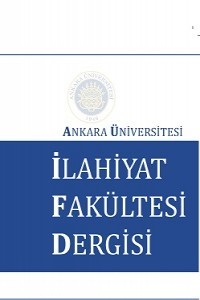The Coherence of the Incarnation
The Coherence of the Incarnation
Church Fathers. Often labeled Alexandrian vs. Antiochean Christology, these competing schools are perhaps best seen as a struggle between “one- nature” (Monophysite) vs. “two-nature” (Dyophysite) Christology. The presupposition of both schools is that members of natural kinds of things do have natures, or essential properties which make the things what they are. Thus, there is such a thing as human nature, and this differs from the divine nature. According to Aristotle, the nature of man is that he is a rational animal, so that being truly human involves having both an intellectual soul and a physical body, and the Church Fathers seem to have accepted this view. At the same time they believed that God possesses certain essential attributes, such as omnipotence, omniscience, eternity, moral perfection, and so forth. The question was how to understand the Incarnation of the divine Logos, the second person of the Trinity, in the man Jesus of Nazareth. The Fathers were unanimous in thinking that the Incarnation did not involve the Logos’s divesting himself of certain divine attributes in order to turn himself into a human being. Such a conception would be akin to pagan, mythological ideas, such as Zeus’s transforming himself into a bull or swan. The notion of the Incarnation was not that the Logos turned himself into a human being, thereby ceasing to be God, but that Jesus Christ was both God and man simultaneously. Since the divine nature was not abandoned by the Logos, the Incarnation could only be conceived as the acquisition by the Logos of the additional, essential properties of the human nature. The question was how this acquisition of a human nature by the Logos is to be understood
